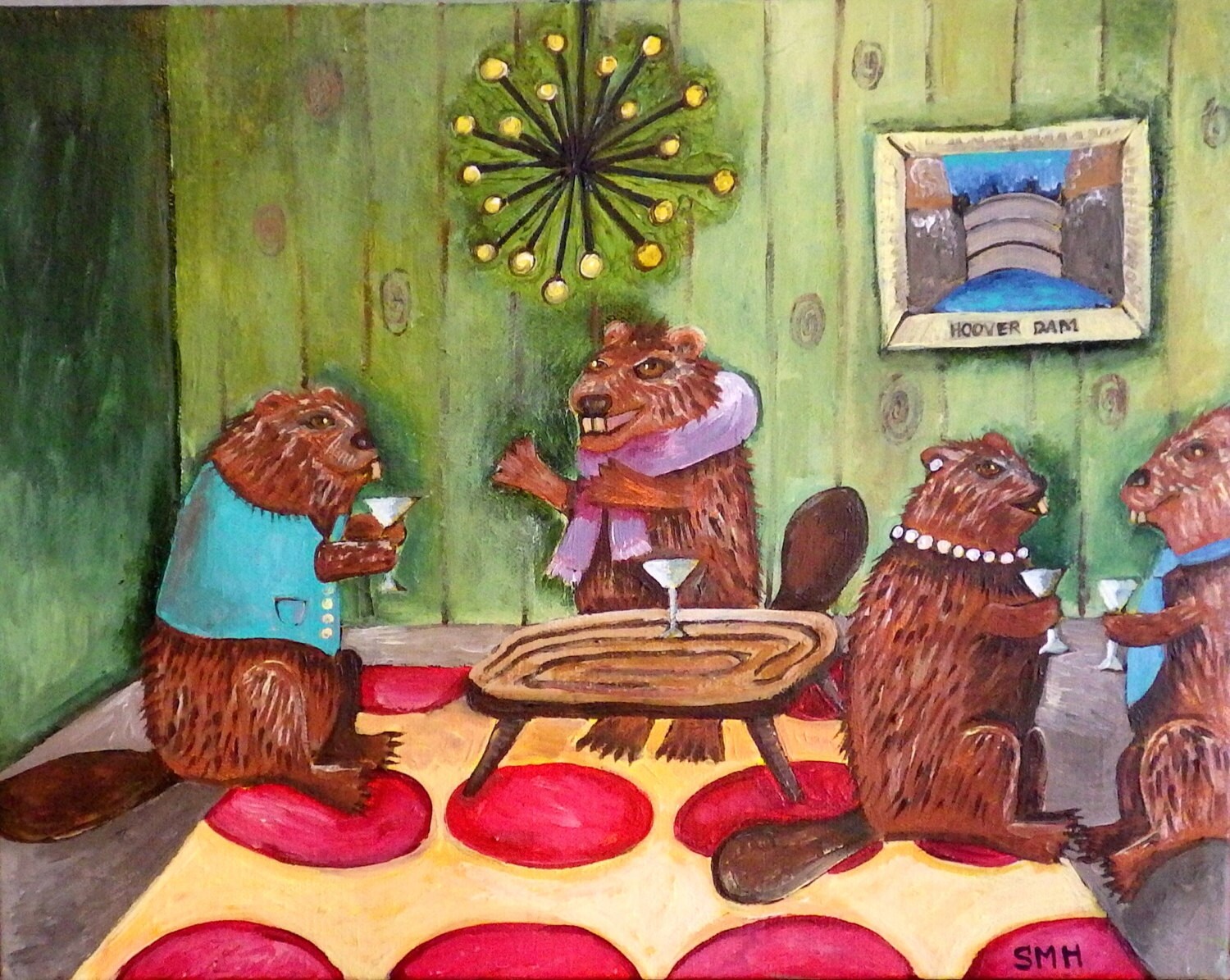
Mary Sonis: Muskrat love: An expose
The muskrat is a prolific water rodent that can be found in most slow creeks and ponds throughout North America. Romance in early spring is not characterized by candlelight and dancing (and yes, those are actual lyrics) but by the bloodbath that occurs between males fighting for territory and breeding rights.
Muskrats are feisty, and will often fight to the death before breeding begins. Generally, the females are not involved in this fray, but they do wander the pond in breeding season, emitting small squeaks that advertise their availability. Once the female has found a mate, it is a fairly monogamous relationship, and she will often produce as many as three litters in a season. A typical litter will average six kits, primarily cared for by their mother. She raises them in a den that is a loosely built mound of grasses set high to avoid spring floods.
This is a cute article about an oft-overlooked species, but I’m not sure about the word bloodbath? We haven’t seen tons of suffering males in our creek? I remember one muskrat years ago that looked like it had a bight taken out of its side, but the teeth marks were way bigger than a muskrat. More like dog.
Blood bath?
The coolest footage I ever saw of a muskrat was on Moses’ camera. A mated pair worked together to chase a hungry mink away from their nest. Muskrats at war, popping up out of the water all over squeaking furiously until that mink threw in the towel and swam away! It was so brave!
Of course in 8 years of observation I’ve admittedly never seen this….
It is a disaster for any photographer when a muskrat appears on the scene. Ever alert, the muskrat will thwack its tail on the water, darting in circles of alarm, causing all nearby wildlife to flee.
What’s wrong with me? Why can’t I just enjoy a nice cheerful muskrat article without thinking the author is insane? Or mixing up species? Of course I went looking for more references to muskrats sounding the alarm by smacking their tails. Maybe they’re just lazy in Martinez? What do I know? You can guess how many other references I found to these muskrat security services. It’s a round number.
Well, I did find this one from Harper’s magazine in 1919 by Walter Pritchard Eaton called “Little folks who gnaw”. Which is also a cute article. And similarly colorful.
 And there you have it. This clearly happened once upon a time 100 years ago, maybe her bloodthirsty muskrats are just behind the times? Rip Van Muskrat?
And there you have it. This clearly happened once upon a time 100 years ago, maybe her bloodthirsty muskrats are just behind the times? Rip Van Muskrat?
Or maybe I’m just wrong and missing something. It happens. Write me your own sightings of muskrat tail-thumping and set me straight? Footage would be awesome. I know beaver and muskrats learn a lot from each other.
One last complaint: who in their right mind would name this adorable baby “pickles”?

— image credit: Contributed photo















































